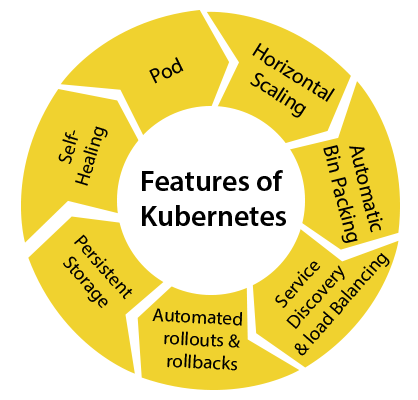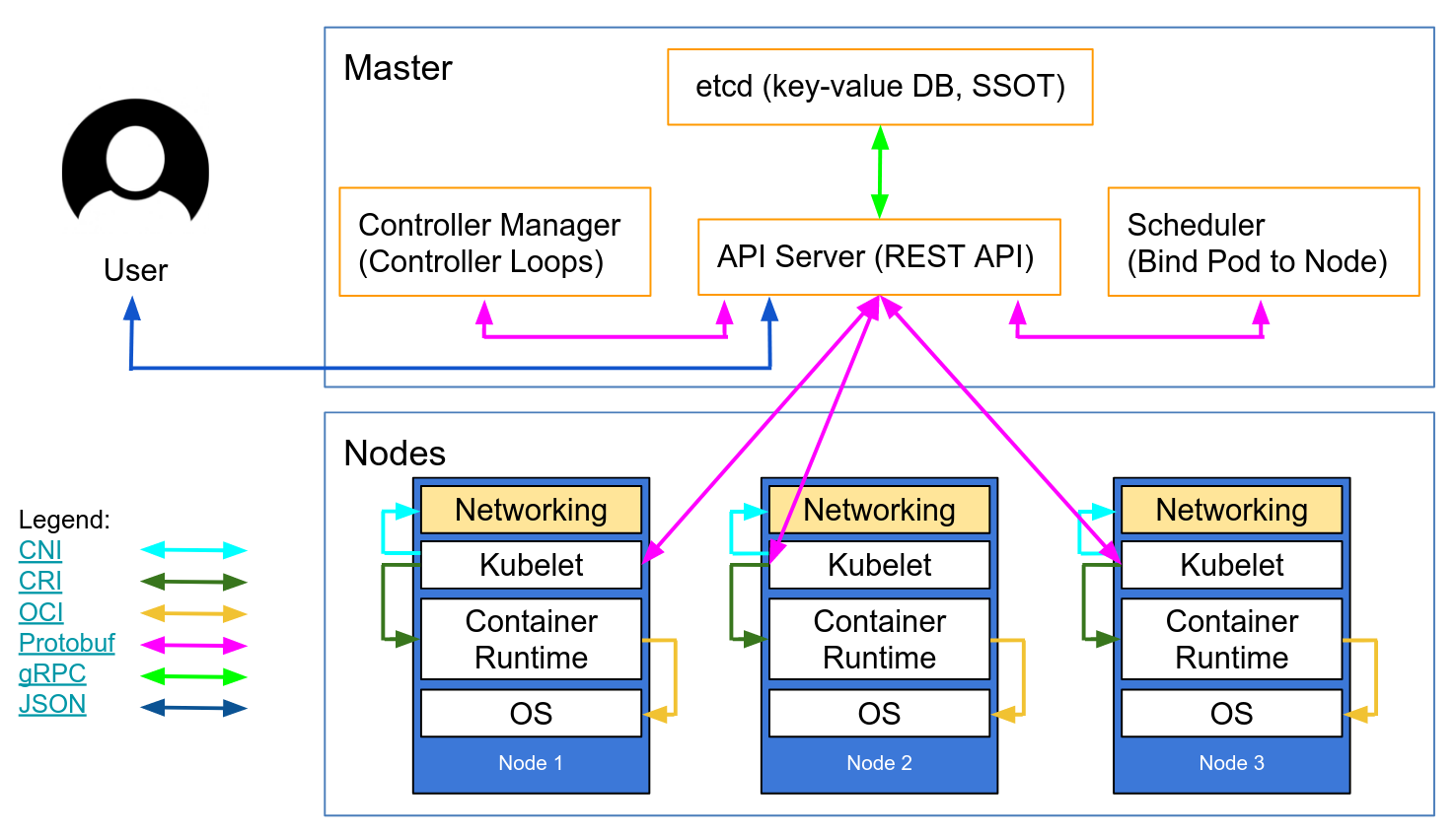Upgrade & Secure Your Future with DevOps, SRE, DevSecOps, MLOps!
We spend hours on Instagram and YouTube and waste money on coffee and fast food, but won’t spend 30 minutes a day learning skills to boost our careers.
Master in DevOps, SRE, DevSecOps & MLOps!
Learn from Guru Rajesh Kumar and double your salary in just one year.
- Define What is Kubernetes with Image?
Ans: Kubernetes is an extensible, portable, and open-source platform. It is mainly used to automate the deployment, scaling, and operations of the container-based applications across the cluster of nodes. Nowadays, many cloud services offer a Kubernetes-based infrastructure on which it can be deployed as the platform-providing service. This technique or concept works with many container tools, like docker.

2. Why Kubernetes with Image?
Ans: Kubernetes is a powerful container management tool that automates the deployment and management of containers. Kubernetes (k8’s) is the next big wave in cloud computing and it’s easy to see why as businesses migrate their infrastructure and architecture to reflect a cloud-native, data-driven era.
Here are some points that tell why to use kubernetes:-
- Container orchestration
- Great for multi-cloud adoption
- Deploy and update applications at scale for faster time-to-market
- Better management of your applications

3. Kubernetes Architecuture with Image?
Ans: The design of a Kubernetes cluster is based on 3 principles, as explained in the Kubernetes implementation details.
A Kubernetes cluster should be:
- Secure. It should follow the latest security best-practices.
- Easy to use. It should be operable using a few simple commands.
- Extendable. It shouldn’t favor one provider and should be customizable from a configuration file.
4. How Kubernetes Works with Image
Ans:
In k8s, you use API objects to describe your cluster’s desired state. Then, the k8s control plane monitors the actual state of the system, making the necessary changes to reconcile the actual and the desired states.
Etcd stores the configuration of the k8s cluster, including the actual and the desired state. Any change is logged and updated in etcd. Therefore, Kubernetes uses Etcd like other applications use databases, for storing configuration data, state and metadata.


 Starting: 1st of Every Month
Starting: 1st of Every Month  +91 8409492687 |
+91 8409492687 |  Contact@DevOpsSchool.com
Contact@DevOpsSchool.com